For business travelers, time is money. The less time you spend traveling, the more time you have available to focus on business matters. For this reason, many company leaders and business executives turn to private jets both to travel fast and get away from the stress and hassles of commercial air travel.
Regardless of how you choose to travel, today’s jets are faster and more efficient than ever. The fastest private jet in the skies today, introduced in 2014, is the Cessna Citation X+. After losing its previous title of world’s fastest jet to the Gulfstream G650, which can hit Mach 0.925, Cessna introduced the X+ version of its Citation aircraft, which can hit Mach 0.935 when cruising — fast enough to travel from New York City to L.A. in under four hours.
Rounding out the list of fastest jets in the world is the fastest passenger jet: the Boeing 747. In fact, Boeing states the 747-8 has the ability to reach a maximum operating speed of Mach 0.90 and can “travel the length of three FIFA soccer fields in just one second.” Of course, nothing beats traveling in a private jet.
 The good news is that the latest generation of business jets is fast. If speed is your goal when traveling for business, here are some of the fastest private jets available to you today.
The good news is that the latest generation of business jets is fast. If speed is your goal when traveling for business, here are some of the fastest private jets available to you today.
Hawker Beechcraft 800XP
The Hawker Beechcraft 800XP by Beechcraft — now a sister company of the Cessna Aircraft Company under Textron Aviation — may not be the fastest jet out there, but it still cruses at an impressive speed of Mach 0.81. This, added to its combination of class, comfort, speed, and cabin room is hard to match. The 800XP can comfortably fly 2,500 miles without any wind conditions on an average cruising speed of Mach 0.77 on longer missions and 0.78 on shorter ones, making it a perfect choice for real productivity while in the air.

Gulfstream G650
Speed and grace are two words that best describe the Gulfstream G650. Its wing design, which redefines airflow over the craft, is the result of Gulfstream engineers pushing speed and performance in virtually every way possible.
The aircraft’s wings create an efficient airfoil, improving both speed and flying smoothness. This super-fast jet has a top speed 92% as fast as the speed of sound, a long-range cruise speed of Mach 0.85, and a range of 7,000 nautical miles nonstop when loaded with 8 passengers — about 40% of its total passenger capacity.
Gulfstream G200
Although it was introduced more than 15 years ago and is a little older than its newer and flashier siblings, the Gulfstream G200 is no slouch when it comes to speed. The G200‘s twin Pratt & Whitney Canada PW 306A engines are fuel efficient and quiet even by today’s standards, and boast a typical cruise speed of Mach 0.82. When configured as a corporate shuttle, this mid-size intercontinental business jet can hold enough fuel to carry you and your fellow passengers for 2,710 nautical miles nonstop.
Speed and efficiency are two of the key drivers in business aviation. This list, while by no means conclusive, offers a glimpse on what today’s generation of private aircraft can deliver in terms of swiftness and convenience.
For business professionals flying via private jet, small airports are perfect destinations. They are less congested than large commercial facilities, and they are optimal for the value and flexibility of business aircraft. Using smaller business airports also supports the wider aviation community by increasing access to resources and directly boosts the local economy.
With over 5,000 public-use airports in the United States alone, less than 500 are used commercially. This means that you have over 4,500 business airports from which to choose for your business travel. Of those, a few stand above the rest in terms of location, amenities, comfort, and service.
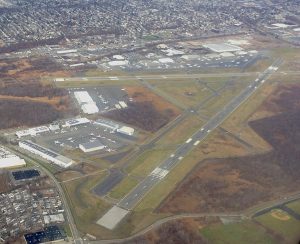 Teterboro Airport in Teterboro, New Jersey
Teterboro Airport in Teterboro, New Jersey
Located a mere 12 miles from midtown Manhattan, this airport is a key destination for your business travel to the New York City metropolitan area. By flying into this airport, you avoid the hassle of finding your way to the business districts in midtown and downtown Manhattan from JFK or LaGuardia Airport.
Teterboro Airport has five fixed-base operators (FBOs) that provide aeronautical services including 23 rentable hangars, fueling, tie-down, and aircraft parking.- DuPage Airport in West Chicago, Illinois
DuPage Airport is located 29 miles west of downtown Chicago and is within minutes of western Chicago’s major commercial centers. It is one of the premier business aviation facilities in the United States. In addition to its superior airfield, the grounds house a championship golf course and a high-tech business park.
 Van Nuys Airport in Los Angeles, California
Van Nuys Airport in Los Angeles, California
Bypass the congested Los Angeles International Airport by flying your private jet into this airport. Located a short 30-minute drive from downtown LA, the facility is one of the world’s busiest business airports. Van Nuys contributes approximately $1.3 billion annually to the U.S. economy.- Laurence G. Hanscom Field Airport in Bedford, Massachusetts
Hanscom Field is located roughly 20 miles northwest of Boston and is the largest general aviation facility in New England. It’s a perfect location for business executives looking for convenient access to “America’s Technology Region,” home to a number of high-tech firms and corporations along the western part of Route 128.
- Dulles International Airport in Dulles, Virginia
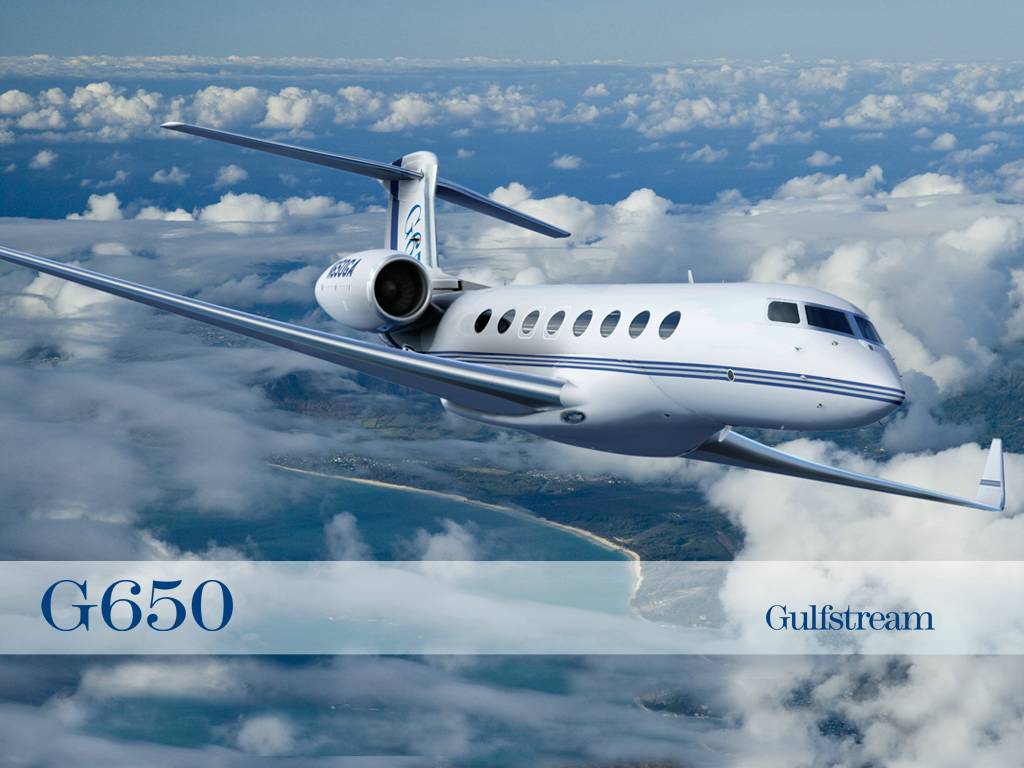
[su_button url=”https://www.l-lint.com/aircraft/gulfstream-g650/” target=”blank” style=”3d” background=”#F25720″ center=”yes” radius=”round” icon=”icon: arrow-circle-right” text_shadow=”0px 0px 0px #000000″]View GULFSTREAM G650[/su_button]
The Dulles airport is located approximately 25 miles from downtown Washington, D.C. and serves both commercial and private jets. It’s the busiest airport in the Washington metropolitan area. Interestingly, it is home to an aerospace museum that houses the Space Shuttle Discovery and several other notable aircraft.
Smaller airports can help you avoid major city traffic, excessive airport use fees, and reduced time slot availability in larger airports. They can also give you more flexibility on timing. The next time you hop on a plane for business travel, put one of the top five small business airports on your itinerary. Before you depart, don’t forget to remind your pilot to check runway lengths and storage options at smaller airports.
To maximize profits, you need to maximize your tax benefits. Owning a private aircraft may appear an unnecessary expense to some, but depreciation rules can make its luxury far more affordable for savvy fliers.
If you’re considering a corporate jet for your business, you should understand the aircraft’s tax value. Not only can you travel privately for business by air but you can also claim substantial depreciation refunds on your asset when you file business tax returns. You just need to meet IRS criteria.
To be considered a justifiable expense, a private jet must be deemed necessary for business. Getting people from one location to another is considered necessary; being overly lavish is not.
Government tax laws help business leaders afford aircraft through accelerated depreciation. Under IRS rules, a private jet has a useful life of five years. Those rules further state that businesses can write off 70% of aircraft costs within the first three years. This is a tremendous benefit you can take advantage of for your business.
Depreciation
Business aircraft depreciate under the Modified Accelerated Cost Recovery System (MACRS). This calculus accelerates the depreciation rate in the first years of ownership. With MACRS, depreciation is taken over a period of five years.
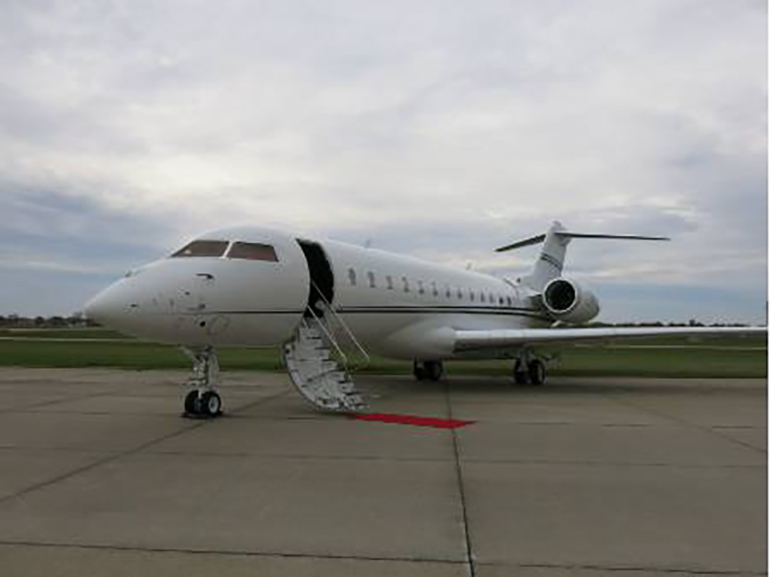
[su_button url=”https://www.l-lint.com/aircraft/bombardier-global-6000/” target=”blank” style=”3d” background=”#F25720″ center=”yes” radius=”round” icon=”icon: arrow-circle-right” text_shadow=”0px 0px 0px #000000″]View Bombardier Global 6000[/su_button]
If you don’t qualify for MACRS, you can use another technique called the alternative depreciation system (ADS), which is straight-line depreciation with the same amount taken each year for six years.
Bonus depreciation
Bonus depreciation enables business leaders to deduct an additional 50% of their purchase costs during the first year. The rate will go down 10% each year beginning in 2018. Specific rules apply and rates can be higher, so be sure to go over the particulars with your accountant.
Today’s business decision-makers have many reasons to purchase private aircraft. Convenience is more important than ever, and with tax benefits like these available, a jet could be a very smart purchase for you and your business.
When you claim business expenses, they can help you reduce your overall tax burden. Corporate and private jet owners can obtain significant tax benefits from their aircraft ownerships, particularly if they maintain proper usage records.
But not all benefits are readily apparent. Here’s a guide to making sure you recoup all available deductions:
Don’t forget depreciation
Since depreciation is a tax benefit, private jet owners should be aware of the Modified Accelerated Cost Recovery System (MACRS). If you use your private jet for business purposes, MACRS is an avenue to deduct more depreciation costs in the first years of ownership.
The key to MACRS for jet owners is the Protecting Americans from Tax Hikes Act. This is the final year to take full advantage of legislation benefits with up to 50% bonus depreciation available.

The IRS will pare down benefits over the next two years with a phase down complete after 2019. Of course, to be eligible, your jet must be new and you must use it predominantly within the United States for business purposes under IRS criteria.
What is ordinary and necessary?
While the phrase “ordinary and necessary” persists in IRS rulings pertaining to tax deductions, a specific definition is elusive. Chances are if you own a private jet, it saves you time and money. You may work at company with customers in rural areas not served by larger airports. As a company executive, work with your CPA to determine if you can demonstrate that you’ve saved time and money owing a private jet as opposed to relying on commercial options.
For MACRS deductions, at least 50% of the plane’s use must be for business purposes. But there’s a variety of other tests the IRS uses that you should consult your CPA about.
 Obtaining tax benefits means you need to ensure you properly document all expenses associated with jet usage. You need to record proper flight logs showing starting and finishing mileage, fuel consumption, and travel purposes. Thorough documentation minimizes the likelihood of the IRS denying deductions.
Obtaining tax benefits means you need to ensure you properly document all expenses associated with jet usage. You need to record proper flight logs showing starting and finishing mileage, fuel consumption, and travel purposes. Thorough documentation minimizes the likelihood of the IRS denying deductions.
Business owners should also maintain accurate fuel purchase, maintenance, and other operating expense records associated with corporate jet use. You should provide your accountants with these records on a regular basis as they may need time to draw comparisons with commercial flights for you to take advantage of maximum tax deductions.
Private jet owners should also be aware the IRS will likely deny deductions on businesses consistently showing losses: If you show too many years of losses, the IRS will rule your business is a hobby and, therefore, the expenses not deductible.
Business structure and private jet ownership
 Another option to discuss with your CPA is your business structure. In some instances, you may obtain more tax benefits by structuring your business as an LLC instead of an S-Corporation or C-Corporation. Your corporate structure plays a role in your overall tax rate and which deductions you may be able to take, so this is worth exploring.
Another option to discuss with your CPA is your business structure. In some instances, you may obtain more tax benefits by structuring your business as an LLC instead of an S-Corporation or C-Corporation. Your corporate structure plays a role in your overall tax rate and which deductions you may be able to take, so this is worth exploring.
Private jet ownership allows you to get to your customers on your schedule without depending on commercial flights, particularly since commercial flights are often costlier when you book last minute. When you’re considering purchasing or selling a private jet, you can count on the experts at L & L International: Reach our sales specialists at
sales@L-Lint.com,
+1 (305) 754-3313, or
online.
Personal jets and private pilots are subject to less regulatory scrutiny than their distant commercial cousins. But the absence of federal inspections doesn’t mean you can maintain your jet and crew at bare minimum.
Jet owners have the option to utilize third-party safety audits to evaluate aircraft integrity. Third-party safety auditors inspect planes and supporting facilities, recommend training and professional development, and assist in streamlining operations.
Who conducts a safety audit?
Third-party safety auditors come from organizations like Aviation Research Group U.S., the Air Charter Safety Foundation, and the International Standard for Business Aircraft Operations — technical and policy experts in aviation.
Regular safety audits can identify operational risks, reduce accidents and delays, increase reliability, as well as benchmark procedures against best practices and international standards, and auditors can even provide on-site support.
Most organizations offer one-time inspections or managed auditing services, depending on your operation scope. Personnel complete on-site regulatory and technical audits under applicable regulations where they apply.
When should you schedule a safety audit?
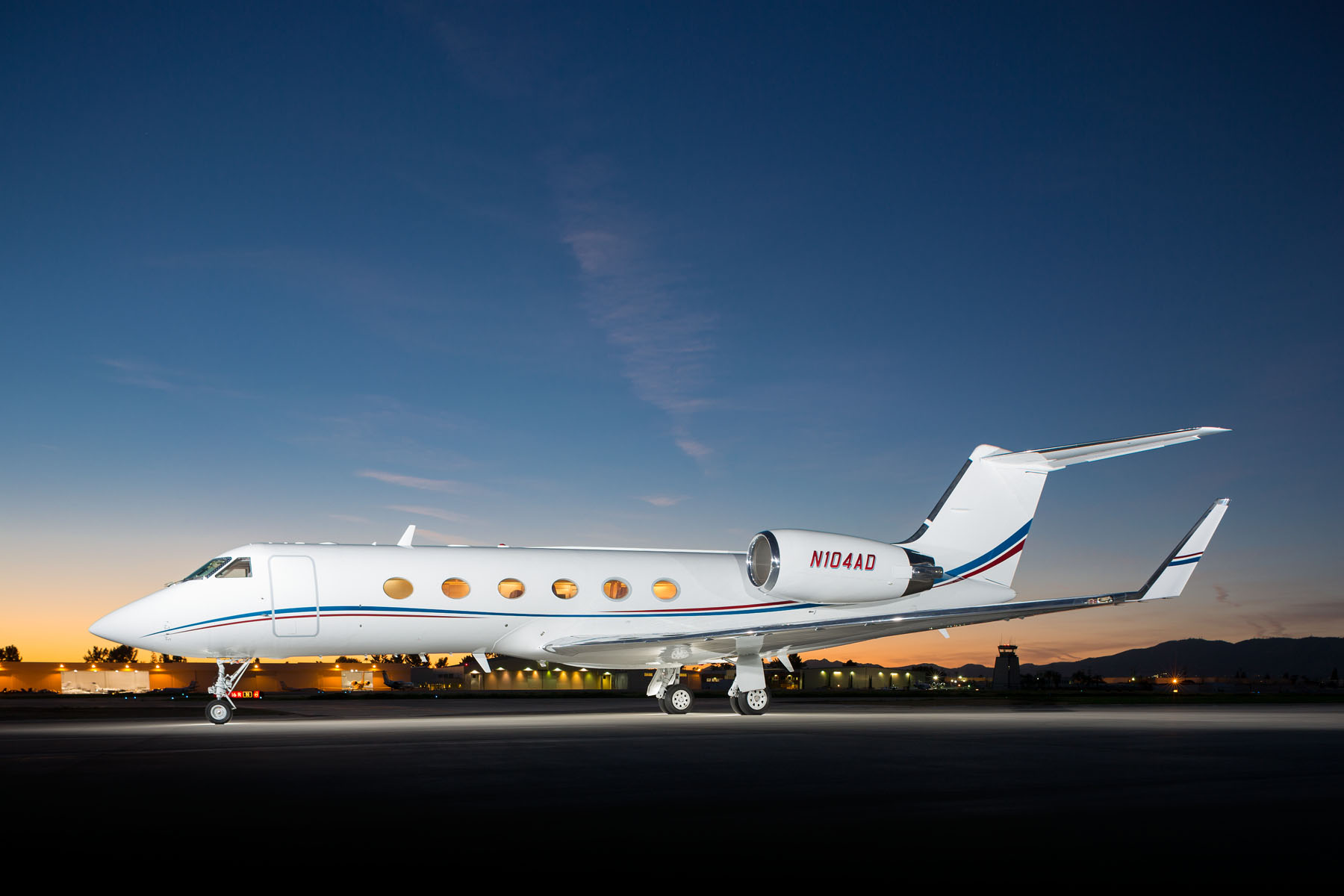
[su_button url=”https://www.l-lint.com/aircraft/gulfstream-g-iv-sp-2000/” target=”blank” style=”3d” background=”#F25720″ center=”yes” radius=”round” icon=”icon: arrow-circle-right” text_shadow=”0px 0px 0px #000000″]View Gulfstream G-IV SP[/su_button]
You should hire a third party to perform your safety audits periodically — although not necessarily on a predictable schedule. So, when should you conduct an audit? Whenever you’ve got a major trip on the books or after hiring new personnel or moving to a new hangar, it’s time.
How can an aircraft broker help?
Experienced brokers can provide compliance monitoring and technical assistance. In the absence of a regulatory environment, a trusted source can offer insights into jet safety. Aircraft brokers are also part of an industrywide network and can connect you with operators, personnel, and auditors.
Regular sufficient maintenance can ensure your jet safety and longevity. A third-party safety audit can be a primary component of that care.
When you research jet ownership and safety standards, speak with those who specialize in aviation and facilitate third-party safety audits for private jet owners. For advice from industry experts, reach L & L International sales specialists today at
sales@L-Lint.com, call us anytime at
+1 (305) 754-3313, or
visit us online.

 The good news is that the latest generation of business jets is fast. If speed is your goal when traveling for business, here are some of the fastest private jets available to you today.
The good news is that the latest generation of business jets is fast. If speed is your goal when traveling for business, here are some of the fastest private jets available to you today.
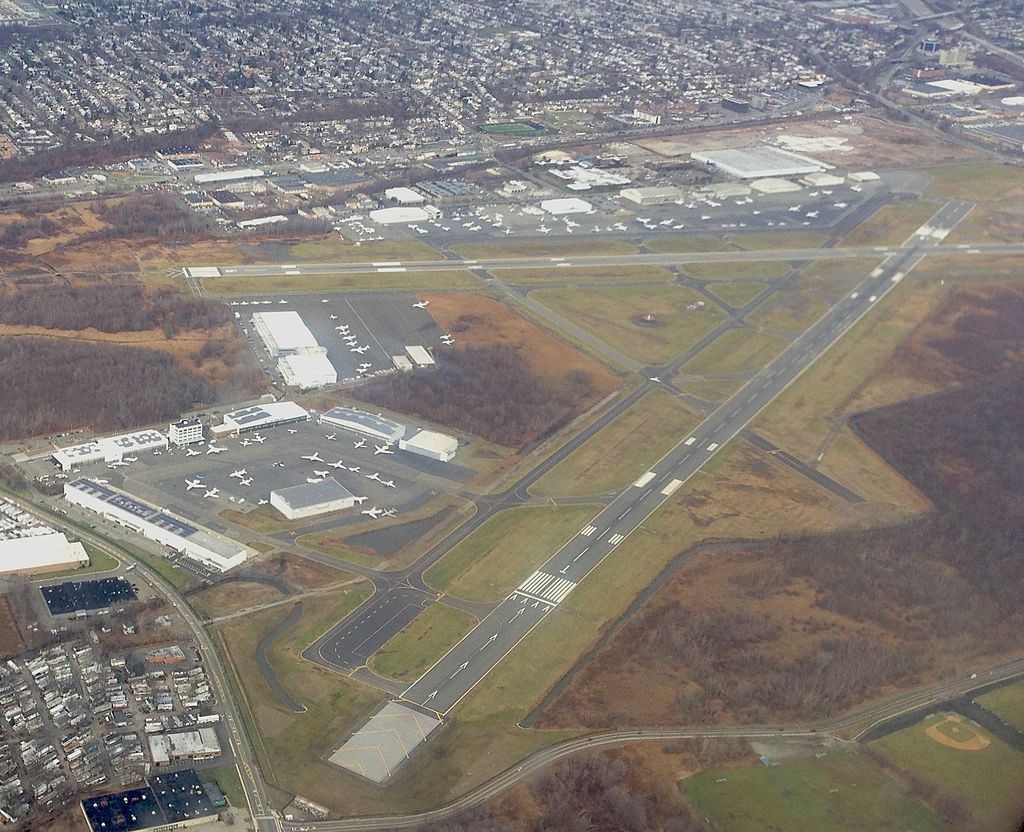
 Teterboro Airport in Teterboro, New Jersey
Teterboro Airport in Teterboro, New Jersey Van Nuys Airport in Los Angeles, California
Van Nuys Airport in Los Angeles, California
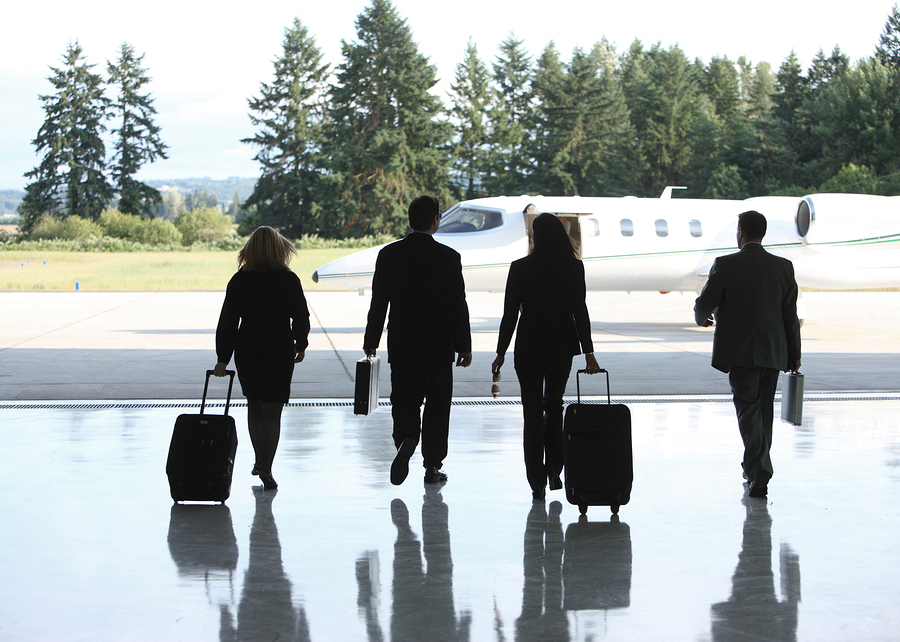



 Another option to discuss with your CPA is your business structure. In some instances, you may obtain more tax benefits by structuring your business as an LLC instead of an S-Corporation or C-Corporation. Your corporate structure plays a role in your overall tax rate and which deductions you may be able to take, so this is worth exploring.
Another option to discuss with your CPA is your business structure. In some instances, you may obtain more tax benefits by structuring your business as an LLC instead of an S-Corporation or C-Corporation. Your corporate structure plays a role in your overall tax rate and which deductions you may be able to take, so this is worth exploring.